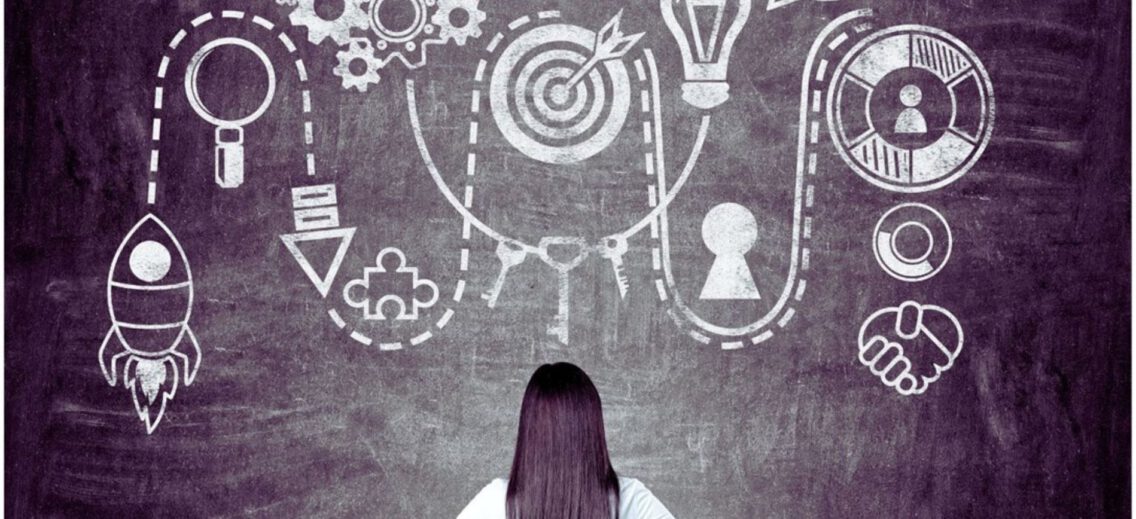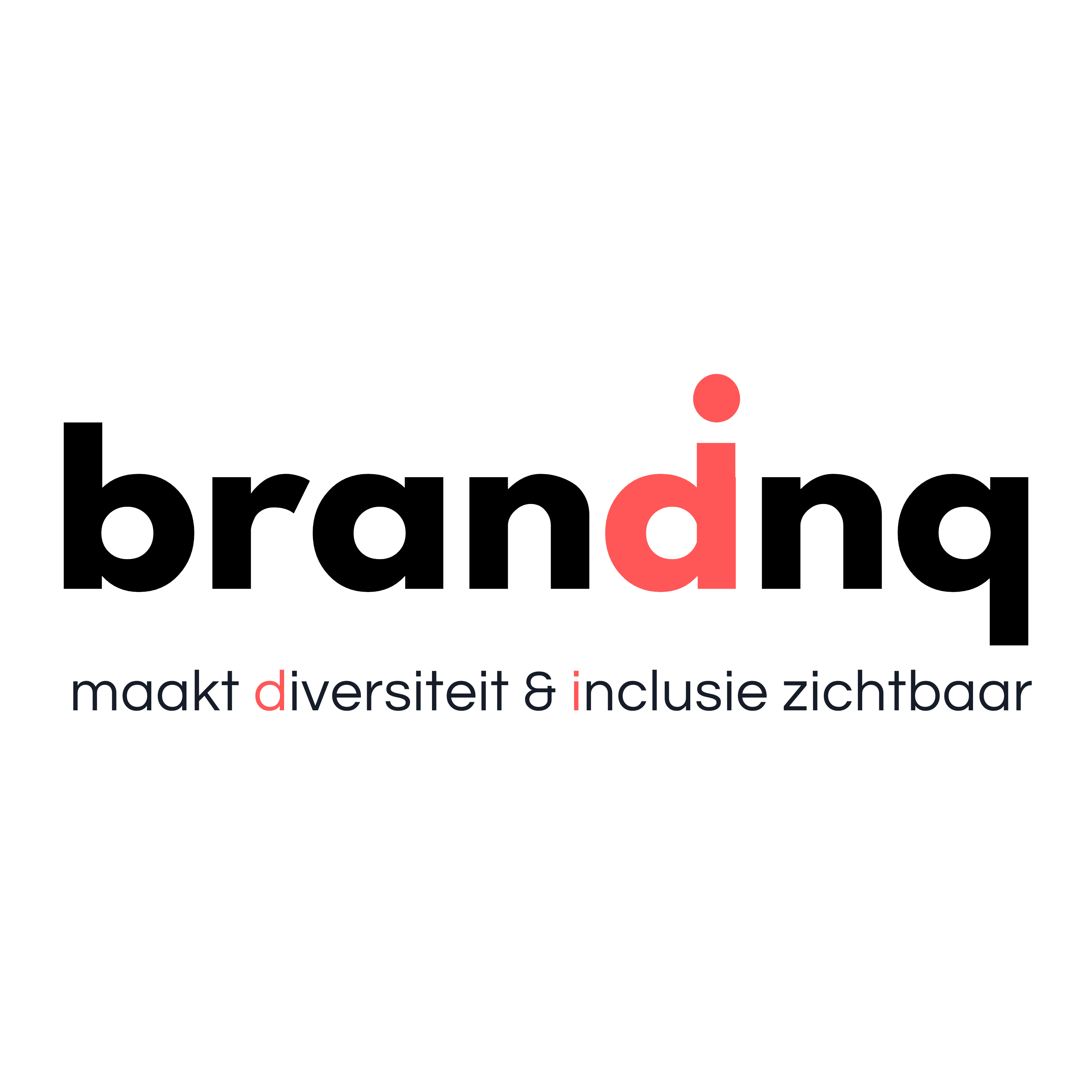6 Common Unconscious Bias Entrepreneurs May Fall into and How to Mitigate Them

Are you an entrepreneur who dreams of having an impactful business on society?
Fueled by a desire to make a positive impact, many entrepreneurs launch businesses with a social mission in mind. However, the daily grind can easily shift focus to simply getting things done, pushing that initial purpose aside. Amid this operational frenzy, unconscious bias can creep in, further hindering the pursuit of the original social goals.
In this article, we will define unconscious bias, highlight why it matters, identify common unconscious bias traps, showcase 6 common unconscious bias traps in 6 business phases, and lastly, offer some steps to mitigate unconscious bias in your business.
What is Unconscious Bias?
Unconscious bias refers to our tendency to favor one thing over another, often without being aware of it. This bias can be influenced by factors such as our experiences, beliefs, values, and traditions. Unconscious bias is a natural human tendency of the brain to make shortcuts of the 11 million pieces of information we receive every second. Thus, our brain creates unconscious biases around gender, race, age, socioeconomic status, nationality, physical ability, etc. It shows up in everyday life and in our businesses!
If we don’t check our unconscious bias, it can negatively impact our personal goals, create blind spots in our understanding, and even pass down from generation to generation.

Why Does Unconscious Bias Matter in Business?
In business, unconscious bias can lead to:
-
Missed business opportunities,
-
Ineffective marketing strategies,
-
Diverse customer disconnection,
-
Reputation damage of bias related incidents,
-
And even legal consequences such as discrimination claims.
On the other hand, addressing and managing unconscious bias can lead to:
-
Enhanced decision-making,
-
Market expansion to a broader demographic,
-
Reduced legal and reputation risks,
-
Adaptability,
-
And personal growth of inclusive mindset.
Common Unconscious Bias Traps
Understanding and acknowledging our biases is the first step towards managing them. Here are some common unconscious bias traps, identified by
The Leader’s Guide to Unconscious Bias
Book*, that we fall into:
-
Confirmation Bias:
When we seek information that supports our existing beliefs, missing out on other perspectives.
-
Anchoring Bias:
When we rely on the first piece of information we see to make decisions, it’s more difficult to adjust our decisions later.
-
In-Group Bias:
We tend to favor people who are like us, potentially overlooking qualified outsiders.
-
Negativity Bias:
Negative experiences hold a stronger influence on us than positive ones, potentially skewing our perception.
-
Attribution Bias:
We judge others harshly for their actions but judge ourselves on our intent.
-
Sunk-cost Bias:
We pour resources into a project simply because we’ve already invested heavily in it, even if a better option exists.
6 Common Unconscious Bias Traps at 6 Business Phases
1. Business Ideation
During the ideation phase, a team may anchor their ideation process to industry norms or to features of existing products, restricting their thinking within a certain range, and limiting the exploration of innovative ideas. This is an example of
anchoring bias
.
Confirmation bias
is another bias trap at this stage. A team might be brainstorming new features for a product. If the team has previously found success with a particular type of feature, there might be a bias toward ideas that align with the previously successful features, potentially limiting creativity.

Moreover,
in-group bias
is another common trap at this phase. A business partner/owner from a particular background might unconsciously favor ideas that align with their expertise, potentially overlooking valuable contributions from other partners or experts.
2. Business Communication
Biases such as
negativity bias
and
attribution bias
can affect business communication. For instance, when communicating project updates, the business owner might unconsciously tend to emphasize challenges and setbacks over progress and achievements, falling into the
negativity bias
trap, and potentially creating a more negative perception of the project’s overall status.

In addition, many entrepreneurs fall into
attribution bias
during business communication. For example, if a communication breakdown occurs within the team, the business owner might attribute the issue to a team member’s lack of communication skills rather than considering external factors like time constraints or conflicting priorities.
3. Product Design
In 2020, a team of scientists from Stanford and Georgetown Universities published a study** that examined mainstream speech-to-text tools to assess their potential racial disparities. They found that these tools misunderstood, and therefore mistranscribe, Black speakers nearly twice as often as it did White speakers. The average error rate was about 35% for Black speakers and 19% for White speakers. Not only do these tools further exclude Black folks with disabilities who may need them, they also overlook the fact that people have varying accents, ways of pronouncing words, and differing native languages. The product design here fell into
in-group bias
favoring White accents over other accents.

Sunk-cost bias
is another bias trap that happens when the design team has invested significant time and effort in a particular design direction, there might be reluctance to consider alternative design approaches, even if they might be more effective.
4. Recruitment and Customer Relations
At the recruitment stage, unconscious bias manifests in any implicit preference that creates hiring and advancement opportunities that privilege one group over another. Did you know that one common myth in hiring salespersons is the preference to hire extroverts over introverts! Interestingly, data shows that the link between extroversion and sales success is zero!
A study*** found that 500 hiring professionals were biased against female candidates with higher body weights. 22% of the hiring professionals described the heaviest-looking woman as “lazy” while only 18% said the heaviest-looking women has leadership potential.

4. Customer Bias
Unconscious bias doesn’t only impact employees, it also creeps into customer interactions. Any interpersonal bias that supports valuing some customers over others is a form of unconscious bias. For example, assuming that foreign people aren’t good potential customers/clients/donors because they don’t speak your language or have enough money is customer bias!

Let’s look at the story of two people walking onto a car lot. One of the people is impeccably dressed and the other looks disheveled at best. The two car salespeople on the lot bid for first choice at a customer. The salesperson who wins happily approaches the well-dressed customer. I think we know how this story ends. Turns out the well-dressed customer doesn’t buy anything and instead spends an hour and a half of the salesperson’s time asking questions and test-driving fancy cars. The shaggy customer, on the other hand, was wealthy and decisive. She knew what she wanted and came prepared to purchase.
Here is a question for you:
Did you assume the customers were male even though women are statistically more likely to make major household purchasing decisions?
4. Investor Bias
Venture capitalists and other investors may have unconscious biases towards certain types of founders or companies. For example, they may be more likely to invest in companies led by White men, in industries that are traditionally male-dominated, or in people who resemble their social identity.

How can Entrepreneurs Mitigate Unconscious Bias?
-
Acknowledge that you have unconscious biases as everyone else does, too!
-
Self-reflect on your own biases and prejudices. Consider how they might influence your decisions and perception at each business stage.
-
Diversify your sources of information and avoid relying solely on sources that confirm your existing beliefs or biases. Seek out diverse perspectives and sources of information. This can help you gain a more comprehensive understanding of the market and avoid tunnel vision.
-
Conduct diverse market research to help you gain a more accurate understanding of customer needs and preferences.
-
Get feedback from a diverse group including those with different backgrounds, experiences, and perspectives. This can help you identify blind spots and biases you may have missed.
-
Attend unconscious bias training to familiarize yourself with the common mind traps and catching yourself when you fall into them.
-
Hire a DEI consultant to audit your business and identify areas where bias might be impacting decision-making, hiring, or company culture.
By following these guidelines, you can become more aware of your biases and take steps to avoid them during the business ideation process.
Recognizing, managing, and mitigating unconscious bias is a journey, not a destination. It requires constant attention, self-reflection, and continuous learning. It is important to remember that while biases are natural, they can be controlled and managed to create a more equitable, inclusive, and successful business environment. Just follow the steps above!
About Bayan Qutub, CDE®
References
* Fuller, Pamela, Mark Murphy, and Anne Chow. (2020) The Leader’s Guide to Unconscious Bias.
** Koenecke A, Nam A, Lake E, Nudell J, Quartey M, Mengesha Z, Toups C, Rickford JR, Jurafsky D, Goel S. (2020). Racial disparities in automated speech recognition. Proc Natl Acad Sci U S A. 17(14):7684-7689.
*** Umoh, R. (2017). Study finds you’re less likely to get hired if you’re overweight. Here’s how to avoid this bias. Retrieved from
https://www.cnbc.com/2017/11/03/study-finds-youre-less-likely-to-get-hired-if-youre-overweight.html







